The Kathmandu journey continues, Part 5…
Our small amount of time in the Kathmandu Valley of Nepal was strikingly memorable. This was not alone due to the wonderfully friendly people we met, the deep and fascinating culture or the beautiful, if fragile architecture, it was because all of these things were impacted dreadfully one week after our return when the country was hit by a catastrophic earthquake. It is with deep fondness, sadness and ultimately an intense feeling of good-fortune and privilege that we remember our time in this unique and captivating place.
Changu Narayan Temple
Leaving Nagarkot this morning, we were dropped in the village of Telkot so we could walk the 6km to the 5th century Changu Narayan Temple. This UNESCO World Heritage site is 23km north east of Kathmandu, and isn’t as well visited as so many others, so it was free of masses of tourists.
The approach along the ridge not only provided views of the valley (if slightly impeded by smog) but it also gave us plenty of insight into rural life in Nepal. There appears to be such care given to the animals here; they all seem to be in excellent condition – robust and handsome. We saw some very fine roosters in the village of Changu near the temple, as well as a stoic duck that sat on a plinth for the whole morning. Almost didn’t think it was real, all it needed was a covering of silver paint and a busking hat to be doing that tourist-engaging ‘statue’ gig.
The Changu Narayan Temple is in remarkable condition; the slow-moving hunched elders of both genders tended to the shrines and temple with devotion and care. This is even more impressive when you take into account that it is considered the oldest temple in Nepal – according to legends Changu Narayan Temple existed as early as 325 AD. This temple is guarded on all sides by pairs of noble beasts: lions, elephants and griffons, and its roof struts are carved with detailed tantric figures. But there is beauty and craftsmanship in all corners of this courtyard, from the golden temple door with its gigantic ancient padlock, to the 7th century image of Vishnu astride Garuda in the northwest corner of the compound.
BHAKTAPUR
When we pulled up outside the perimeter of the old town of Bhaktapur, the traffic and crowds of modern Kathmandu were quite intense, and I wondered at our choice to stay for three nights in this area as a ‘wind down’ before our journey home. We ran across the dusty street, dodging fume-spewing trucks, to the ticket booth at the old city’s gate, and presented our passports and money. For visits of longer than a day, tourists must pay their fee and present their passports for proof of identification, which is stamped, and they are issued with a multiple day entry pass. This was the same for the other ancient cities of Kathmandu, but this was the first one that we stayed in for more than one night.
Cars are only allowed into certain sections of Bhaktapur, and then one has to go on foot. We were staying in the area near Dattatraya Square, and only had about 300m to walk to our accommodation, Milla Guesthouse. This boutique B&B is only new, but built with more than a nod to the architectural customs of Nepal, melding modernity and tradition artfully. In fact, it was designed by Götz Hagmüller, the architect of the Patan Museum and the Garden of Dreams in Kathmandu (see earlier post for details). We stayed in a second floor double room with balcony, simply but tastefully decorated, with a most extraordinary shower in the ensuite. We also had 24 hour-access to the dining and kitchen area and south-facing terrace on the top floor. This is where the caretakers serve the exquisitely presented breakfast of a morning, and where you can relax for some downtime after exploring the city.
From Dattatraya Square to Bhaktapur Durbar Square
After dropping our stuff at the guesthouse, we walked with Rajesh along the main thoroughfare from Dattatraya Square to Durbar Square, sharing the road with only tractors and motorbikes – no cars allowed. These streets are all paved with russet bricks, supplied by the industry of brick factories that Bhaktapur is famous for, and all buildings are also constructed from the same material – some more ‘sound’ than others!
Edged with shops selling everything from fresh produce to fine silver jewellery, the road transports us to a simpler time, where vendors smile and chat with their customers and kids play in the street. Some farmers set up their stalls on mats on the ground, not having a store, just their regular ‘patch’ just out of the line of foot traffic. We were very impressed when buying limes from a friendly young vendor to discover that there are no ‘tourist’ prices here for such items – I paid what a local would for the citrus. And the fresh vegetables are of an excellent quality – much better than anything we can buy at home from one of the duopoly giants.
The meat vendors do the odd bit of butchering on the street, while some are quite happy to lay a sheet of plastic down and go at it with a buffalo head and hooves in the mix. But there is certainly no refrigeration at work here. And a dog sitting patiently with impeccable manners, watching from a discreet metre away from the chopping, is not at all out of place.
Most people in Bhaktapur don’t have running water in their homes, so the communal well is a busy place where women of all ages gather for a brief chat as they fill their metal jugs. Laundry is done in pairs – the women squat on the ground, hunched over a number of large basins of water as they pass the items from the washing batch to their friend doing the rinsing. This is done on the front doorstep so that splashes and excess water go straight into the street.
The older men of the town are not occupied with the same level of industry – they can be found at all times of the day gathered in small groups sitting barefoot under wooden verandahs, squatting solo on stoops reading the paper, or propping up a shop door way while chatting to other store owners in the immediate vicinity.
Bhaktapur Durbar Square
We visited many of the sites of this old city in our first day. Bhaktapur Durbar Square is filled with beautiful and fine examples of Newari architecture, including one of Nepal’s “proudest artistic achievements” – the Golden Gate. But it is the stories that go with these magnificent sculptures and buildings that fascinate – such as the ruler who was so impressed with the pair of multiple armed statues carved for him that he cut off the arms of the sculptor to prevent them being replicated. Charming.
The Siddhi Laxmi Temple and Pashupatinath Temple (the oldest structure in Bhaktapur) are features in this square and are very near the Royal Palace, which once housed many more courtyards than the five that remain today. The most impressive of these is Naga Pokhari (“Snake Pond”), a stately bathing pool from the 16th century, complete with gilt copper snake-heads and writhing bodies.
Potters’ Square
Kumale Square (“Potters’ Square”) is a small distance from Durbar Square and it is here that you see close up some of the interesting industry of Bhaktapur. Mass produced pots, dishes, ornaments and receptacles of all shapes are ‘thrown’ and fired here, and most of the action takes place outside. The firing is not done in kilns, but rather the pots are carefully stacked and packed with straw into large piles, which is then set alight. It takes several days to complete the firing process; the heat slowly increases to the correct temperature, and then is sustained long enough for the clay to harden. It is a smoothly run operation with minimal breakages.
The rest of the day was spent enjoying the vibe of the city and exploring where whim led. Dinner was had at Shiva’s Corner Café, where the food was plentiful and tasty, and the beer cold – they even had free wifi. So after our masala padams, vegetable pokaras and Newari set plate, we strolled back to our digs through the meandering streets, watching as people bought the ‘makings’ of their evening meal from the vendors along the way. The fish market was a striking display – your choice of freshly killed or ‘about to be killed’, with the 10 year old server ready to oblige. Already loving the sites and sounds of this truly atmospheric and spectacular city – so glad we saved the best until last on our trip to Kathmandu.
Our Kathmandu story continues…
Read our full Kathmandu story here:
Part 1: Thamel & Durbar Square
Part 2: Patan
Part 3: Pashupatinath & Boudha
Part 4: Kirtipur & Nagarkot
Part 5 (current): Changu Narayan & Bhaktapur
Part 6: Namobuddah & NYE in Bhaktapur
Part 7: Bisket Jatra in Bhaktapur
Our guide was Rajesh Shahi
He can be contacted on Facebook or via email: rajya.shahi@gmail.com
Photos of Kathmandu before and after the 2015 earthquake – BBC News
Is it time to go back to Nepal? – Lonely Planet
Click on any image below to view as gallery
- Farmhouse outside, Changu, Nepal
- Carrying with a smile, Changu, Nepal
- Valley view from Changu, Nepal
- Walking to Changu Narayan Temple, Nepal
- Goats on the way to Changu, Nepal
- Hill village on the way to Changu, Nepal
- Household chicken, Changu, Nepal
- Colourful village on the way to Changu, Nepal
- Village baby, Changu, Nepal
- Filling water jugs, Changu, Nepal
- Rice crop, Changu, Nepal
- Gathering kindling, Changu, Nepal
- Toting goods, Changu, Nepal
- “Wel-come” to Changu Narayan, Nepal
- Handsome rooster, Changu, Nepal
- Village soccer, Changu, Nepal
- Guard duck, Changu, Nepal
- Changu Narayan Temple, Nepal
- Stone griffon guarding Changu Narayan Temple, Nepal
- Resting in the doorway, Changu, Nepal
- Elephants with sassy eye makeup guarding Changu Narayan Temple, Nepal
- Golden door with giant, ancient padlock, Changu Narayan Temple, Nepal
- Wooden chariot, Changu Narayan Temple, Nepal
- Countryside, Changu to Bhaktapur, Nepal
- Tiny tractor in Bhaktapur, Nepal
- Back street, Bhaktapur, Nepal
- Smiling girl in pink, Bhaktapur, Nepal
- Milla Guesthouse, Bhaktapur, Nepal
- South-facing double room, Milla Guesthouse, Bhaktapur, Nepal
- Looking down, Bhaktapur, Nepal
- Naag Pokhari, Bhaktapur, Nepal
- Clothing shop, Bhaktapur, Nepal
- Old men sitting on a wooden verandah, Bhaktapur, Nepal
- Matching outfits, Bhaktapur, Nepal
- Shoe store, Bhaktapur, Nepal
- Fruit vendors, Bhaktapur, Nepal
- Siblings, Bhaktapur, Nepal
- Closed for business, Bhaktapur, Nepal
- Transporting clay pots, Bhaktapur, Nepal
- Sharing the street with a tractor, Bhaktapur, Nepal
- Outstanding produce, Bhaktapur, Nepal
- Siddhi Laxmi Temple, Bhaktapur, Nepal
- Close up of statuary of Siddhi Laxmi Temple, Bhaktapur, Nepal
- Close up of bronze statue, Pashupatinath Temple, Bhaktapur, Nepal
- Detail of wooden carvings, Royal Palace, Bhaktapur, Nepal
- Snake Pond at the Royal Palace, Bhaktapur, Nepal
- Ornate tap, Snake Pond at the Royal Palace, Bhaktapur, Nepal
- Stone carvings, Royal Palace, Bhaktapur, Nepal
- Nic & John with stone beast, Bhaktapur Durbar Square, Nepal
- Souvenir shop, Potters’ Square, Bhaktapur, Nepal
- Preparing the outdoor ‘kiln’, Potters’ Square, Bhaktapur, Nepal
- A sea of clay pots, Potters’ Square, Bhaktapur, Nepal
- Young fishmonger, Bhaktapur, Nepal
- Strolling the streets in the twilight, Bhaktapur, Nepal
- Early evening market, Bhaktapur, Nepal
- Evening shopping for souvenirs, Bhaktapur, Nepal
- Morning, Bhaktapur, Nepal
- Dattatraya Square, Bhaktapur, Nepal
- White goat, Dattatraya Square, Bhaktapur, Nepal
- Dog and shoppers, Bhaktapur, Nepal
- On her way to make an offering, Bhaktapur, Nepal
- Outdoor butcher, Bhaktapur, Nepal
- Laundry day, Bhaktapur, Nepal
- One of the many wells in Bhaktapur, Nepal
- Hungry dog, Bhaktapur, Nepal
- Old fashioned butcher, Bhaktapur, Nepal
- Bike in Bhaktapur, Nepal
- Women at the well Dattatraya Sqaure, Bhaktapur, Nepal
- Stone lions at Naag Pokhari, Bhaktapur, Nepal
- Slow start to the day, Bhaktapur, Nepal
- Fast bike and passengers, Bhaktapur, Nepal
- Fresh greens, Bhaktapur, Nepal

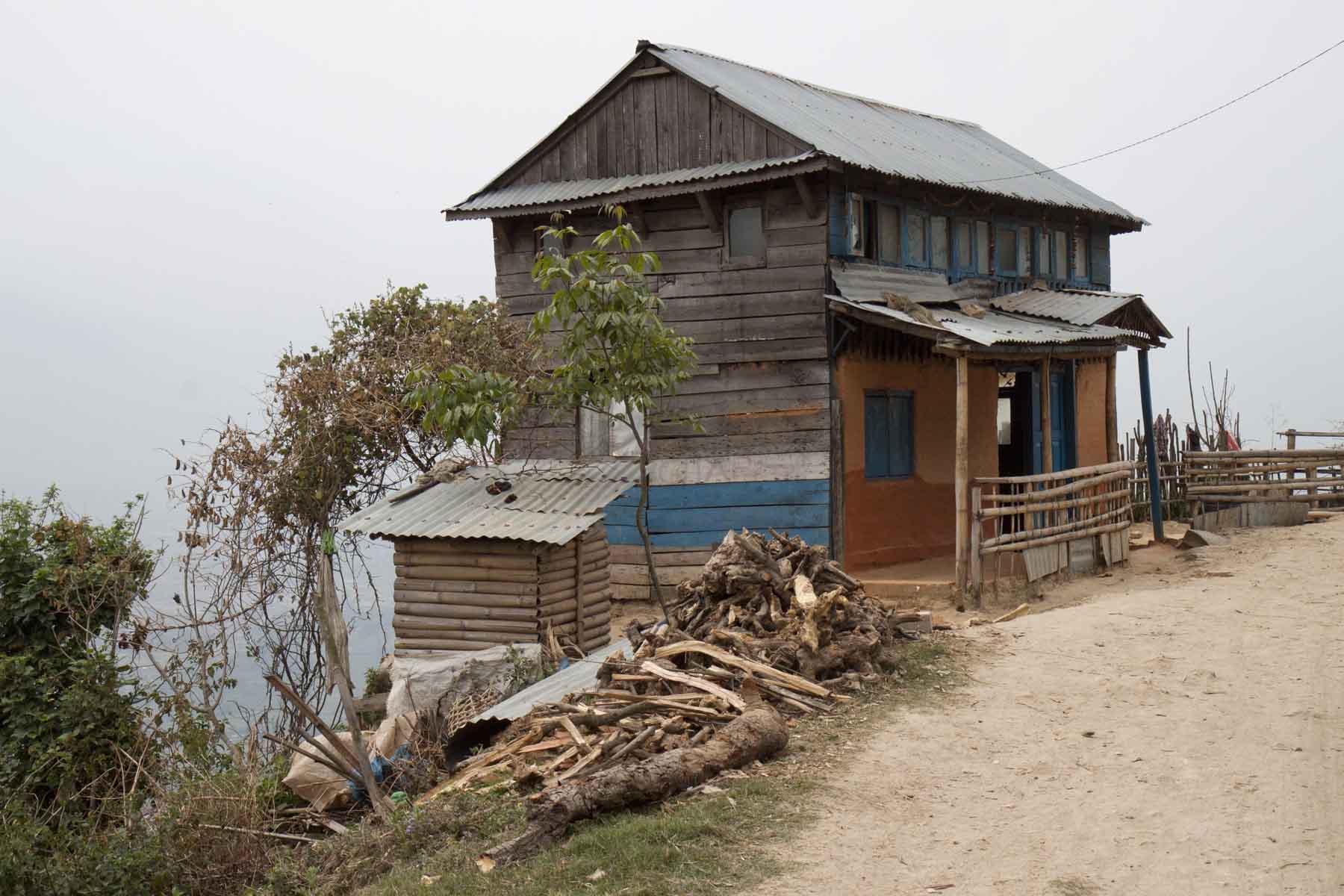
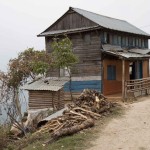
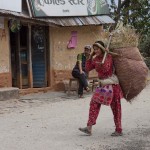
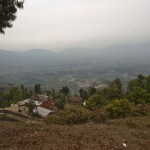
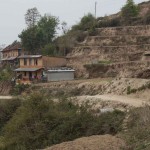
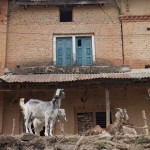
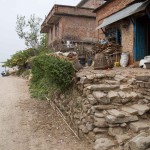
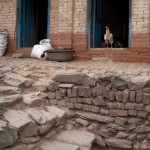
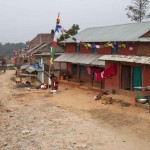
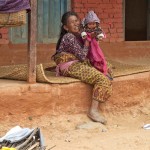
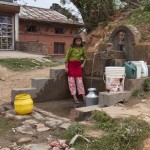
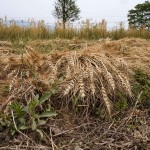
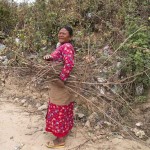
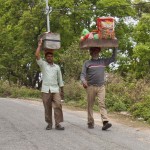
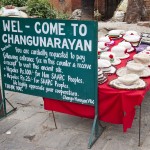
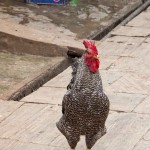
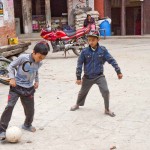
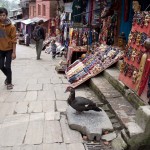
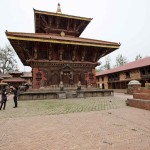
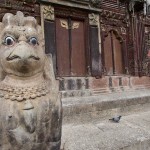
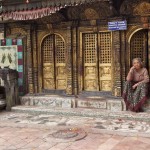
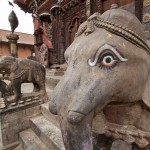
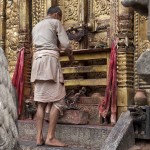
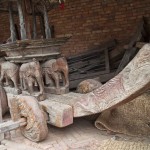
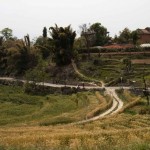
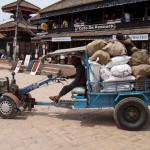
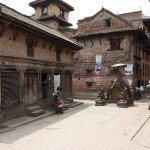
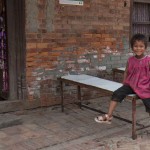
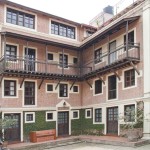
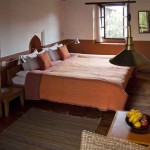
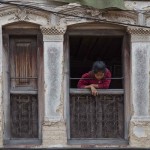
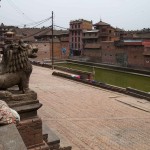
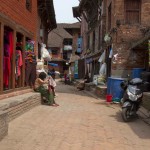
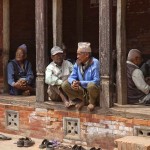
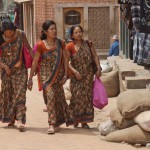
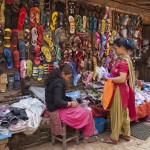
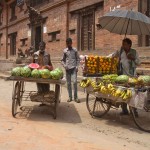
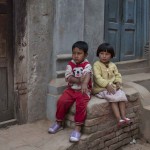
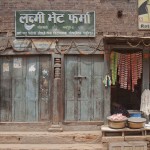
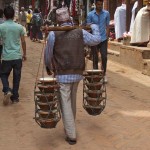
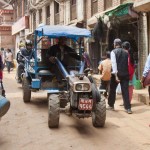
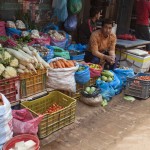
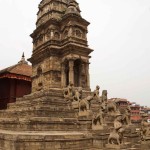

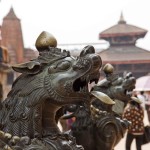
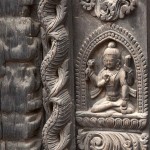
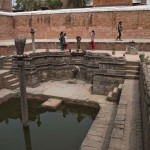
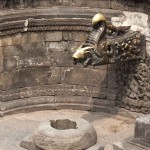
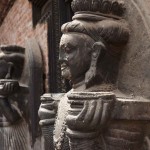
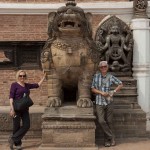
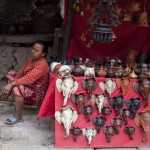
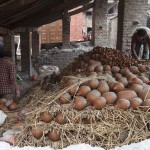
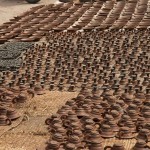
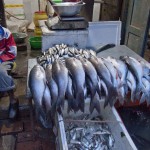
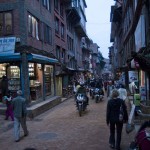
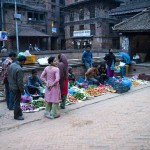
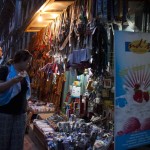
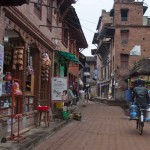
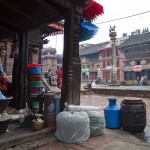
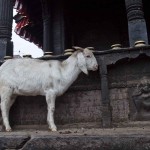
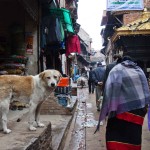
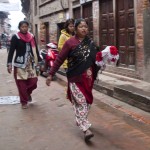
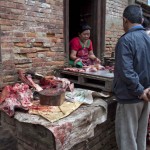
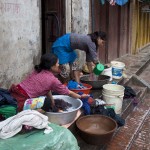
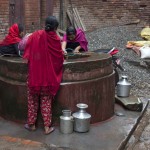
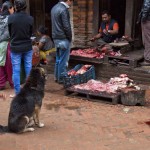
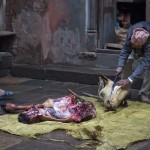
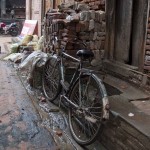
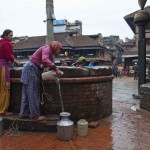
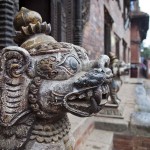
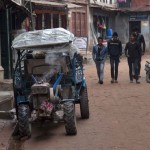

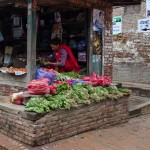
Pingback: Kathmandu (Part 4) – Kirtipur & Nagarkot | bontaks travels
Pingback: Kathmandu (Part 3) – Pashupatinath & Boudha | bontaks travels
Pingback: Kathmandu (Part 2 ) – Patan (Lalitpur) | bontaks travels
Pingback: Kathmandu (Part 1) – Thamel & Durbar Square | bontaks travels
Pingback: Kathmandu (Part 6) – Namobuddha & NYE in Bhaktapur | bontaks travels
Pingback: Kathmandu (Part 7) – Bisket Jatra in Bhaktapur | bontaks travels